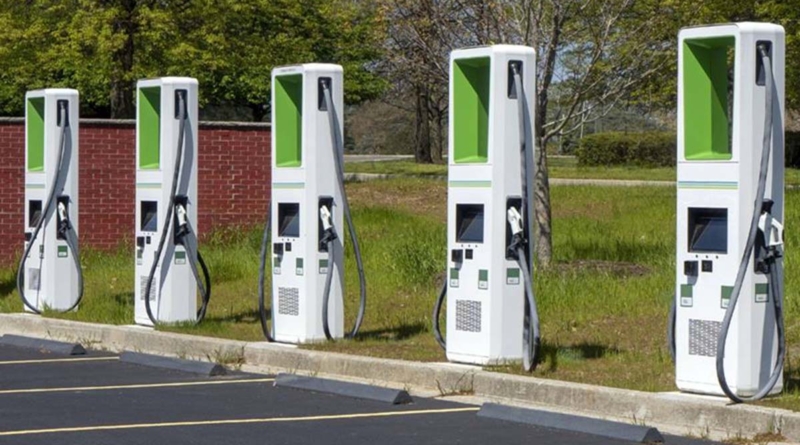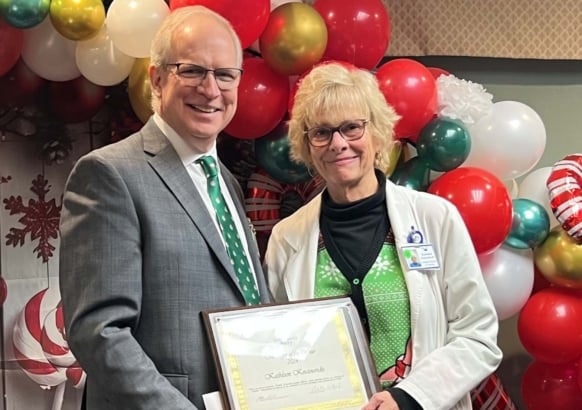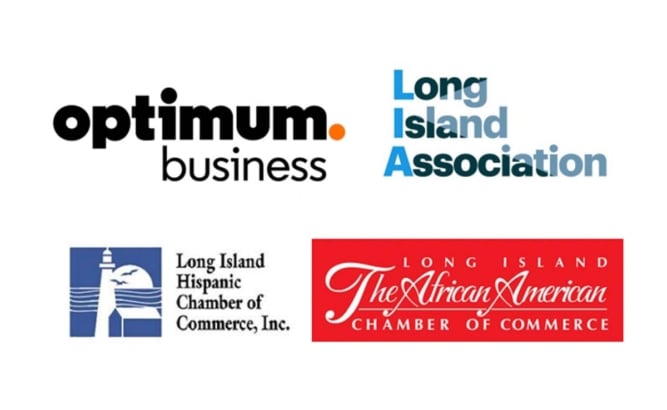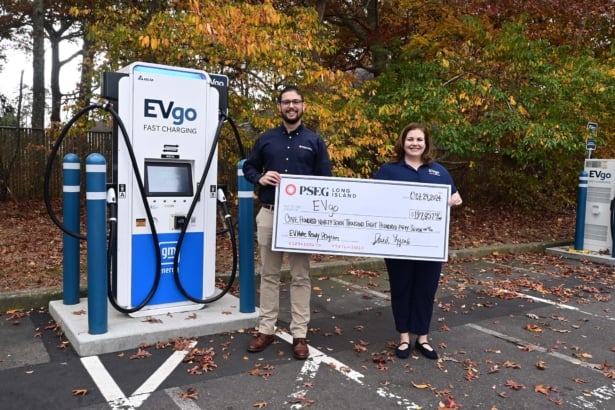PSEG-LI salutes engineers of electric vehicle program
For this month’s National Engineers Week, PSEG Long Island is highlighting the ways its engineers are expanding the adoption of electric vehicles across the area.
Electric Vehicle Program Manager Rachel Lane of Babylon Village heads a team working to incentivize the purchase of at-home smart chargers and clear the way for developers to build publicly accessible charging stations.
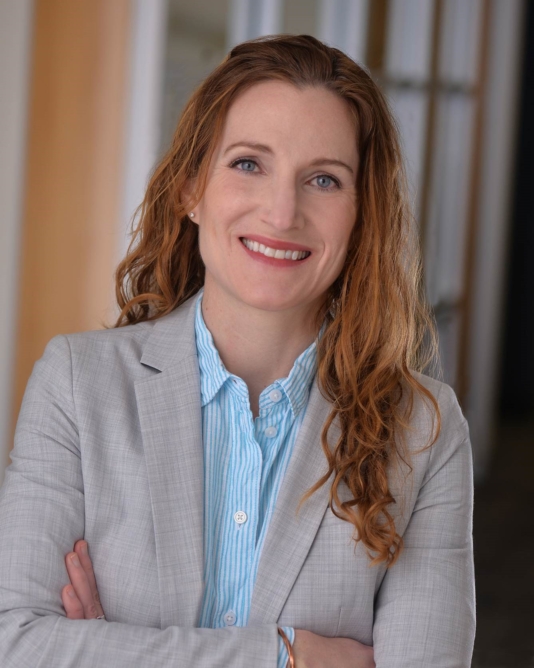
The effort is a key part of PSEG Long Island’s work to meet New York State’s goal of reducing greenhouse gas emissions to 40 percent of 1990 levels by the year 2030.
“To make the electric alternative more feasible for everyone, we want to make sure there’s a charging infrastructure that supports that — and that takes engineering know-how,” Lane said in a company statement. “If there’s more charging stations around Long Island and the Rockaways, then people will be able to charge easier and ‘range anxiety’ won’t be a barrier to purchasing an electric vehicle. It’s kind of like, ‘If you build it, they will come.’”
Lane works closely with a team of engineers in PSEG Long Island’s Distribution Planning department to ensure that the local grid can handle the additional electric demand of a public charging station.
“These Distribution Planning engineers are the unsung heroes whose practical solutions are laying the foundation for a greener future on Long Island and in the Rockaways,” Michael Sullivan, PSEG Long Island’s vice president of Transmission and Distribution, said in the statement. “Public charging infrastructure is still a bit of a frontier, and people are busy figuring it out. It’s a great example of the kinds of interesting challenges PSEG Long Island engineers tackle every day.”
PSEG Long Island’s Make Ready program supports the installation of public charging stations on main street districts, at town halls, condos and multifamily residential facilities. It provides incentives that may cover up to 100 percent of eligible make-ready costs, including utility-owned equipment, such as step-down transformers, overhead service lines, utility meters, and other traditional distribution infrastructure. It may also cover customer-owned equipment, such as conductors, trenching, panels for stations and other customer-side equipment.

